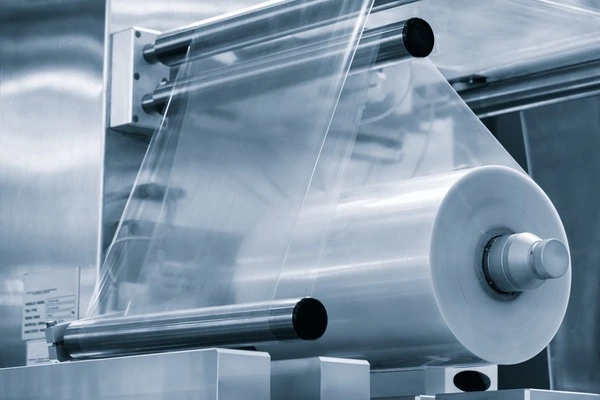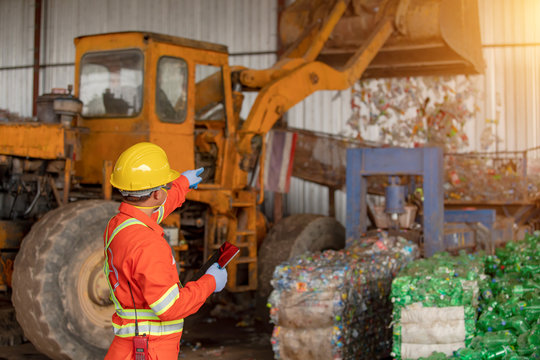Looking at pet food packaging in 2025, it’s clear we’re not just tossing kibble in a bag and calling it a day. Pet owners expect more. They want food that stays fresh, packs that are easy to open and close, and a smaller impact on the planet. At the heart of it all? Flexible packaging, especially in the form of modern pouches and bags. If you want to keep your pet brand top of mind (and top of the treat cupboard), it’s time to dig into what’s shaping the industry.
Pet Food Bags and Pouches: What’s On Offer?
Not all pet foods (or pet parents) are the same, and product packaging shouldn’t be, either. For dry pet food, large stand-up pouches and flat-bottom bags dominate the market. They’re sturdy, resealable, and easy for pet owners to handle—no more fumbling with clips or pouring food into separate containers. For wet pet food or treats, smaller pouches with clever closures are on the rise. These make portioning and serving simple and reduce mess, which is win-win for everyone involved.
Why Packaging Material Matters
A pretty bag only gets you so far. If you want to keep pet food fresh, safe, and tasty, you need the right packaging barrier films and choose the best structures. In 2025, most high-quality pet food packagings are made of multi-layer laminates, typically based on combinations like PET/PE or OPP/PE. Why these materials? PET (polyethylene terephthalate) offers strength and printability, while PE (polyethylene) seals tightly and is food-safe. For even more protection, metallised PET or EVOH (ethylene vinyl alcohol) layers add extra barriers against oxygen and moisture. This combo locks in aroma and nutrients, keeping the food fresh until the last scoop.
Paper-based laminates and mono-material PE pouches are also gaining ground, especially among eco-conscious pet food manufacturers aiming for easier recycling or compostability—though performance and shelf life can vary.
The Features Pet Parents (and Brands) Love
Let’s talk about those features that turn a basic bag into a must-have pack.
Press to Close Zipper:
No one wants a bag of kibble spilling across the floor. A Press to Close Zipper gives owners a fast, secure way to seal the pouch after every use. It’s convenient, hygienic, and keeps the food fresher for longer.
Hook-to-Hook Closure:
This clever closure locks the bag with a tactile “click”—even if there’s kibble dust in the way. It’s a favourite for premium pet food packs, especially for large dry dog food bags that get opened and closed daily.
Laser Score and Tear Notch:
Who hasn’t struggled to open a pouch, only to shower the kitchen in treats? Laser scores and tear notches make opening a pouch clean and effortless—no scissors required. A small detail, but one that matters for daily use.
Foldover and Glued Bottom:
This construction creates a flat, stable base so pouches stand tall and don’t topple over. It adds strength to large-format bags, helps maximise shelf presence, and means fewer accidents in the pantry.
Most Popular Film Structures for Pet Food Pouches
Let’s get technical for a moment. Here’s a rundown of film structures and materials used in top pet food pouches on the market:
1. PET/PE Laminate:
-
PET outer layer for print quality and puncture resistance
-
PE inner layer for heat sealing and food contact safety
-
Common for stand-up pouches and flat-bottom bags
2. Metallised PET/PE:
-
Adds a metallised PET barrier layer between PET and PE
-
Blocks oxygen, light, and moisture
-
Used for products needing longer shelf life or aroma protection
3. OPP/PE or BOPP/PE:
-
OPP (oriented polypropylene) outer, PE sealant inner
-
Used for lightweight treats, snacks, and flow-wrapped formats
-
Good clarity and gloss, but moderate barrier properties
4. Mono-material PE:
-
All-PE laminate, designed for recyclability
-
Suited for brands focusing on sustainability and regions with developed PE recycling streams
-
Emerging, but growing popularity in eco-friendly packaging
5. Paper/PE:
-
Paper outer for tactile, natural look; PE inside for barrier and sealing
-
For brands wanting a “craft” or eco-friendly shelf image
-
Lower moisture/oxygen barrier than full plastic laminates
Barrier Add-ons:
Some high-end pet food packaging materials feature EVOH as an additional barrier to further slow oxygen ingress. This is especially useful for high-fat or “fresh meat” recipes.
Sustainable Packaging: Where Are We Now?
Pet owners expect eco-friendly packaging, and so do retailers. In 2025, recyclable, compostable, and reduced-material pouches are trending hard. Mono-material PE pouches and paper-based laminates are leading the way. However, brands need to balance sustainability with shelf life, especially for sensitive foods. It’s not a one-size-fits-all game, but with new film technologies, the industry’s making real strides.
What to Watch in 2025
Looking ahead, packaging trends in the pet food world are all about clever solutions and materials like high-barrier films and recyclable plastics. These innovative packaging designs are setting new standards, not only for branding but for performance. After all, packaging matters, it’s responsible for protecting the nutritional integrity of the food, extending the shelf life of the pet food, and making it easy for pet owners to serve and store.
Wrapping up
Pet food packaging design has come a long way, and in 2025, there are more factors to consider than ever before. Whether you’re choosing packaging materials for wet or dry food products, the right solution must guarantee the safety of the food and offer an easy packaging experience for pet owners to handle. Proper packaging isn’t just about looks—it’s about optimal packaging that keeps pet food’s nutrients locked in and allows you to store dog food or pet treats with confidence.
If you’re on the hunt for proper packaging that ticks every box, puts food safety first, and gives your customers a packaging experience they’ll appreciate, Aropack is here to help. We understand the journey from concept to shelf and offer packaging that delivers for brands, pets, and people—worldwide.
Give us a call on 01233 281460 or send us an email at info@aropack.co.uk for a free consultation.




